BOOK ILLUSTRATION
TUESDAYS & THURSDAYS
5 PM PST / 8 PM EST
27 JAN 2026 - 10 MAR 2026
DURATION:
7 WEEKS
TUESDAYS & THURSDAYS
5 PM PST / 8 PM EST
Create polished, professional-quality illustrations tailored for book publishing.
Join Eric Nyquist, the illustrator behind the iconic Southern Reach trilogy covers, and refine your skills under his hands-on guidance.
THIS COURSE IS FOR YOU, IF...
-
YOU ARE A GRAPHIC DESIGNER
Struggling to break into book illustration? Our course will equip you with the specialized skills to tell stories visually, work with book-specific formats, and build a portfolio that speaks to publishers.
-
YOU ARE A DIGITAL/CONCEPT ARTIST
Facing fewer gigs? Time to pivot. This book illustration course shows you how to adapt your storytelling for the page, build a publishing-ready portfolio, and tap into new, steady opportunities.
-
YOU ARE A FREELANCE ILLUSTRATOR
You’ve got the skills — now it’s time to get book-specific. This course helps you level up your technique for print, sharpen your composition and pacing, and learn how to promote your work to attract better clients and bigger projects.
-
YOU ARE AN ASPIRING BOOK ILLUSTRATOR
Turn your dream into a flourishing career. Gain technical skills, professional feedback, and industry know-how to get started — plus a polished project to help you take that first professional step.
Our students work in 1600+ companies worldwide
- Multi-award-winning illustrator
- Over 20 years of experience in editorial and book illustration
- Created the original covers for Jeff VanderMeer’s Southern Reach trilogy
- Commissioned for NASA’s Jet Propulsion Lab, Netflix, and The New York Times
- Illustrated Penguin’s 70th Anniversary Orange Collection—12 American classics reimagined
- Designed for Star Trek: Lower Decks, National Geographic, The New Yorker, and more
- Recognized by the Society of Illustrators, Communication Arts, and D&AD Pencil Awards

Get to know your instructor, the course, and what you’re in for. This session sets the tone — from key outcomes to how your work will take shape.
- Instructor intro
- Course overview
Get your feet wet in the world of book illustration by exploring the many genres and formats — from pop-up books to graphic novels. Map out what makes each category tick and choose the story you’ll bring to life throughout the course. Big ideas start here.
- Book illustration categories
- Children’s books & young adult (YA)
- Education & information books
- Comic books & specialty books
- Book cover & jacket illustration
- Editorial illustration
Assignment #1: Pick a book to reimagine (classic, contemporary, or self-authored) as the foundation for your illustration project.
Dig into composition tricks like balance, scale, and visual hierarchy — then learn to turn raw ideas into intentional sketches using symbolism, mood boards, and a little creative chaos. This is your blueprint for better thinking and better designing.
- Design & composition fundamentals
- Designing with intention
- Ideation & inspiration
- Workshop: Visuals for an article
Assignment #2: Read a synopsis or excerpt of your chosen story. Then, create a brainstorm page, a visual word list, and a mood board to guide your design direction.
Sketching is not a victory lap. Learn how to sketch smart. You’ll explore how text and image work together, how to filter big ideas into sharp visuals, and how pros plan their thumbnails to save time and boost output. Bonus: real-world examples from Netflix, The New York Times, and more.
- Text & image relationship
- Prioritizing ideas & communication to maximize output
- Using scale for efficient workflow
- Scheduling an idea friendly environment
- Professional projects examples
Assignment #3: Sketch at least 5 thumbnail concepts for a book cover and 3 for endpages — or — 5 cover sketches and 3 thumbnails each for 3 internal picture book spreads.
Turn rough ideas into polished blueprints. In this class, you’ll level up your sketches with color, value, and type, learn how to place elements, and keep your creative engine running without burning out. It’s all about thinking smarter so your final piece lands harder.
- What is a detailed sketch?
- Developing value, detail, color, typography
- Placement
- Managing creative energy over the course of a project
- Using methodical ideation to enhance final execution
Group critique meets creative upgrade. Learn what’s working and what’s not by putting your sketches under the microscope. You’ll give and get feedback, see real-time draw-overs, and sharpen your visual storytelling so your ideas actually land with your audience.
- Does the sketch visually communicate an idea?
- Feedback & critique on thumbnail sketch progress
- Workshop: Feedback & draw-overs
Assignment #4: Pick your strongest thumbnails and turn them into more detailed sketches. Begin exploring color, value, and typography.
What's the difference between web versus print file resolution? Learn to identify book anatomy terms, apply bleeds and grids, and construct production-ready layouts incorporating mechanical specifications, embossing, foil, and signatures.
- File resolution: Web vs. print
- Book anatomy terminology
Assignment #5: Prep your final artwork file with proper resolution (300–600 dpi) and sketch overlay. Start rendering your final illustration if ready.
This hands-on session is your playground for experimenting with ink, paint, paper, and pixels — from gouache to Procreate. You’ll test techniques, explore formats, and start shaping the signature style that’ll make your illustrations pop off the page.
- Workshop: Medium & techniques
- Medium experimentation
Learn more about the unsung hero of design. You'll experiment with fonts, spacing, and layout grids to make your type not just look good, but actually work. Think of it as giving your words a voice and a really nice outfit.
- Who’s responsible for typography?
- Set typography
- Expressive hand drawn typography
- Test & revise
Assignment #6: Design and place final typography into your layout. Use grids to keep type consistent across spreads. Submit a screengrab showing your progress.
In this class, you’ll sketch out a full 32-page dummy, nail the pacing of your narrative arc, and use color and tone to dial up the drama. You'll also get feedback on your work and learn what it takes to wrap a project for the real world.
- Critique picture book projects
- Creating a 32 page book dummy or storyboard
- Visualizing a dynamic story arch
- Using color & value to establish tone & feel
- Outsourcing & finishing a project
In this workshop, you'll critique composition, color, and pacing in your peers' work, then fine-tune your own for a clearer, more compelling story. It’s all about sharpening your eye and leveling up your narrative flow.
- Workshop: Composition, color and pacing for dynamic, sequentially illustrated stories
Assignment #7: Capstone Project: Create a full book jacket (front, spine, back, endpages) or a picture book pitch with a cover, 3 finished spreads, and 8 sketched spreads for a 32-page format.
Time to stop being your industry’s best-kept secret. In this session, you’ll map out a smart self-promo strategy — from competitions and conferences to cold emails and killer portfolio sites — and learn how to network. Great work deserves to be seen — and hired.
- Competitions & conferences
- Portfolio website & social media
- Email marketing campaigns
- In-person portfolio reviews
- Visualizations/applications
Figure out how to get paid fairly for your art. This class dives into pricing guidelines, contracts, exposure versus compensation, usage rights, and how to navigate the fine print without getting burned, so you can protect your work and your wallet.
- Negotiating
- Usage rights
- Artist/literary reps
Assignment #8: Using the Graphic Artists Guild Handbook, estimate a professional rate for your capstone project.
Show off your finished illustrations, back up your design choices, and get real feedback from your peers & instructor. You’ll practice pitching your work, explore printing and outsourcing options, and celebrate the journey from sketch to a finished, polished piece.
- Presenting a finished project
- Critique
- Online book printing & outsourcing
- Pitch deck presentations
- Visualizations
What our students say

"As a mature learner, it can be difficult to find a course or workshop at an affordable price that will educate you about tools, techniques, and new ways of thinking that will round out, complement, and enhance your existing skill sets. As a result, I have mostly learned by doing, which, as anyone who has done the same can relate to, takes time - time that we as creatives often do not have to get "eyes" on our work. In researching available classes, I sensed that many of them would require a lot of rehashing of information that I already possess, or would be classes where the instructor was more focused on students who were just starting their creative careers.
Then I came across Eric Nyquist's Book Illustration class and knew it would be the right fit for me. Eric presented information in a way that made me feel confident in assimilating the new learning into my existing design and illustration skill sets, and my creative process. One-on-one critiques, a friendly class atmosphere, and cultivation of a learning environment that promotes equality and engagement, are all parts of Eric's approach.
The most important takeaways for me? First, I'm not as far away as I thought I was from where I want to be. And second, you're never too "old" or "mature" to learn new things. This class is definitely worth the time and money - every second and every penny."

"I really enjoy the format of the course. Lectures with real life examples and an ongoing case study. Also built in 20 minutes at the end of each class for questions is helpful."

"Overall I'm impressed with the level of detail and explanation around particular topics and subjects. There's a real depth to each module which for learning allows the information to stay in your brain."

"The group activities, they allow us to interact and exchange ideas, plus the way it is structured is challenging and mind twisting as we collaborate in different parts of the ideation."

"I enjoyed the structure of the class. I like how we learned about a topic and practiced it in the workshops. It’s helped me to apply what I learned!"



